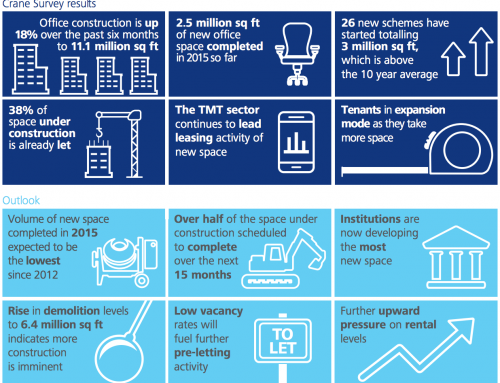Within this blog we will look at the dangers of selecting the lowest bidder, predominantly from the client’s perspective, however these points will be equally important to Main Contractors when selecting their supply chain on single stage projects.
For the purpose of this reading, when we talk about ‘selecting the lowest tender’ it is important to note that we are not talking about abnormally low bids. Abnormally low bids are generally described as those which are ≥ 25% below the average bidder and are normally discounted by all but the most unscrupulous of QS’s (Secret Surveyor). I want to look at those which are say 10-15% less than the other bidders, which on face value are alluring.
Evaluation, the assessment of tenders against a client’s requirements, is the most important part of the procurement process. All too often during bid selection it is irresistible to focus on the initial bottom line, without considering the damage on quality, time and final exit price.
There are of course a few reasons for this such as; prevailing market conditions, internal procedures requiring demonstration of value or external stakeholders requiring demonstration of the same, e.g. publicly funded projects. You could further argue that the process is a ‘necessary evil’ to ensure competition and competitiveness, however when we look at the potential pitfalls inherent in this process… well, make up your own mind in your race to the bottom.
The Facts of life
If a Contractor has tendered too low and failed to source materials and Subcontractors at rates which generate a margin, they will have difficulty securing materials and Subcontractors to carry out the works. This will undoubtedly cause delays to their procurement and inevitably the works.
The Contractor will be on the hunt for cheaper materials to substitute where he can get away with it, likely leaving the client with an inferior product. Furthermore they will seek to pass their problems down the line to the lowest Subcontractors. This potentially has many repercussions, such as poor workmanship and an inability to offer the levels of security warranted upstream.
If the Contractor is forced to procure the project at a higher price, issues may emerge with their Subcontractor payments, creating disputes, delays and more inherent problems such as Subcontractor failure.
Generally, as it is impossible to maintain standards and make profits, quality of work falls and Contractors become more eager to engage in legal battles to recover their ‘losses’.
Safeguards
There is an argument that if the Contractor selected is robust enough, then they should be able to shoulder the burden and can be bullied into compliance with their procurement and performance. This is a dangerous gamble to take however, because the caliber of Contractor large enough to ‘take it on the chin’ will have an equally robust legal department and will be commercially shrewd enough to play ‘the delay game’ or similar shenanigans.
The only real safeguard is transparency and openness through the evaluation process. This is not simply about disclosure and honesty but also the removal of discretion and subjectivity. Evaluation must be based on objective criteria that are known to bidders in advance.
It is imperative to establish that the information and criteria is fully understood and the bid compliant so that it may be valuated in a non-discriminatory manner.
Conclusion
The tender price on a construction project does not represent the final outturn price. A low tender price which does not cover a contractor’s costs will normally lead to the contractor seeking other ways, such as claims and disputes, to recover additional costs. The quality of the works provided or services delivered cannot be guaranteed if the monies reimbursed under the contract do not cover the costs of providing them.
Selecting cheapest in the short term does not deliver cost savings but in fact is more likely to result in cost and time overruns, leading ultimately to poor value for money and greater whole life costs in the maintenance and operation of assets.
The use of lowest price tendering may seriously damage your financial health, reputation and may have undesirable side effects.
You get what you pay for so, please consider the consequences and remember…
THE BITTERNESS OF POOR QUALITY REMAINS LONG AFTER THE SWEETNESS OF LOW PRICE IS FORGOTTEN.
Source topic https://surveyortoolkit.com






